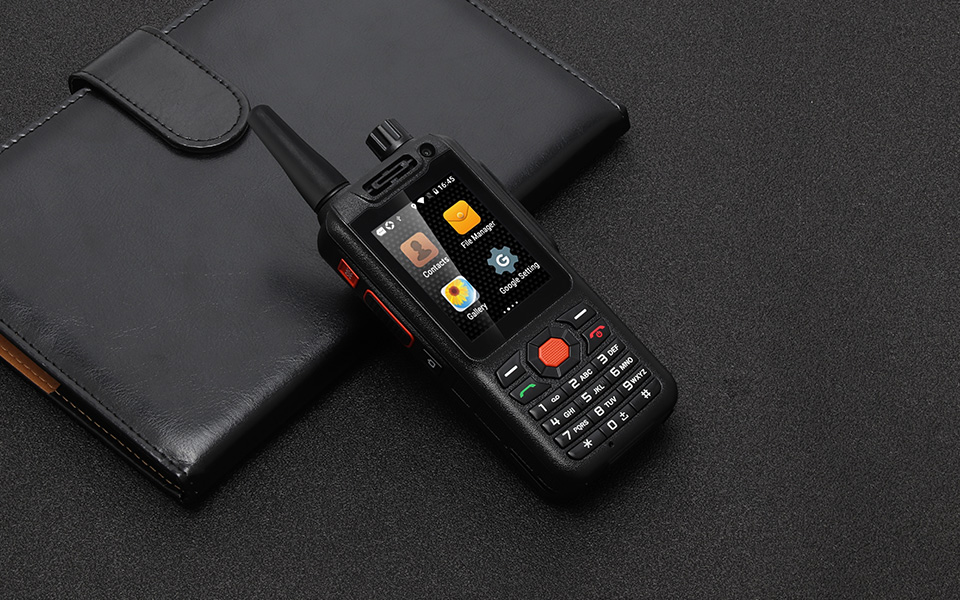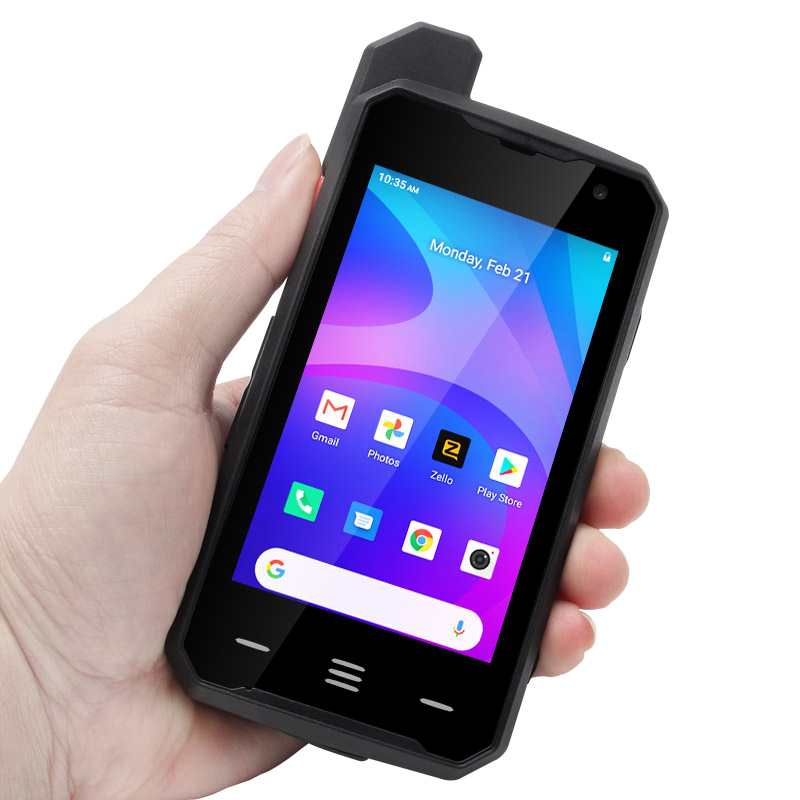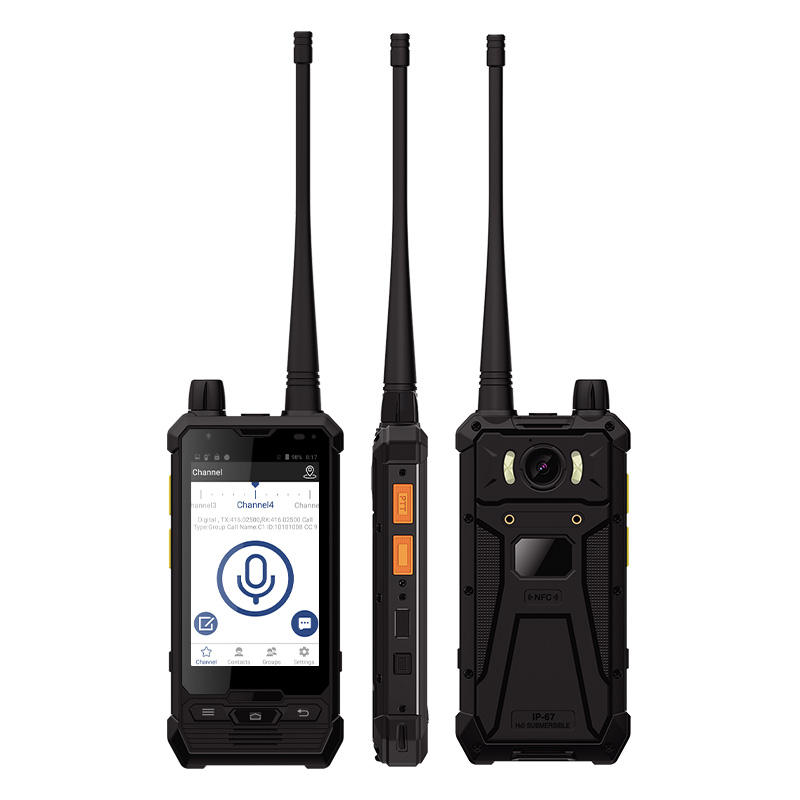Recent Blog
-
UNIWA will bring new models of handheld smart terminals to MWC Barcelona 2025. Our booth number is 7F21. Welcome to visit us!
2025-01-18 -
Welcome to visit our booth 5H26.From October 18th~21st 2023,UNIWA will participate in the Hong Kong Global Sources Electronics Fair
2023-09-19 -
Welcome to visit our booth 5J29. From April 18th~21st 2023, UNIWA will participate in the Hong Kong Global Sources Electronics Fair
2023-04-03 -
The Top 6 Android Barcode Scanners in 2023
2023-02-24
How To Use A Walkie Talkie?
Walkie Talkie communication systems provide a reliable framework for business and organizations to stay in touch. And it offers a vast range of benefits above and beyond the essential communication, including improving decision-making, teamwork and providing essential health and safety.
Here, we provide some tips and advice about the procedures when using a walkie talkie, whether it's analogue, digital, or a PoC walkie talkie. Hopefully, they are useful to you and your team.

Charge the Battery
Make sure that your battery is fully charged before you go out with it for an adventure.
Whether your walkie talkie uses AAA batteries or can be charged by USB, a full charge is a priority. If you're going to use it for days, make sure to pack a battery bank, solar panel, or extra batteries (if it is a non-rechargeable). At the end of the day, when you don't use the device, turn off the device to save power.
Be aware that cold temperatures will drain the battery faster. Keep them inside your jacket when not in use, and sleep with them in your sleeping bag at night to keep the battery warm.
Getting Started
Find the power switch to turn on the device on the top of the device. The same button is used for controlling the volume, so handle it carefully.

Tune in to the correct frequency channel
On the other side of this power, the switch will be a dial labelled as channel or frequency. Set this dial to set the channel frequency you wish to tune into. You will need to tune all your devices to the same frequency to establish a network connection, otherwise no one will hear you and vice versa. Then listen for transmission and adjust the volume to a comfortable audible level.
Use the PTT button
In order to avoid interfering with the call you make, wait until the channel is clear enough before making a call. Pressing and holding the PTT button allows you to use the push-to-talk function.
Hold the Push-To-talk (PTT) button on the side. Wait for a second after pressing the PTT button before speaking into the device. Speak into the microphone (10 to 15 centimetres from your mouth) clearly and at a normal voice level, and immediately release the button after you are done talking, so you can receive the signals from other devices.
You will not receive any messages while you are holding the PTT button, this is how most walkie talkie works. Therefore, it is important to think about what you are going to say. Also, remember that if you keep pressing the button you are preventing anyone else from joining the conversation, and you might be blocking someone on your frequency with an emergency message to transmit! Remember not to panic, and you will soon get used to using the walkie talkie.

Everything Should Be Short And Precise
As the walkie talkie isn’t designed for long communication, you may bear the following the rules in mind when you use one:
Clarity: Speak clearly and a little slower than normal. Do not shout.
Simplicity: Keep your message simple, so the other party can understand what you’re saying, and make a response.
Brevity: Stick to the point and don’t ramble.
Security: Remember that radio frequencies are shared, which means what you say is not confidential, unless the proper security technology has been implemented.
Don’t Forget to Make Pauses
Walkie talkies aren't smartphones, especially the analogue and digital ones, and that's why you must get used to waiting before talking. It means that you should wait for a second or two before clicking the PTT key on the device. In this way, the first two words don’t get lost when you send your message, and it will guarantee that you don’t need to repeat what you’ve said.

Learn the lingo
To talk on a walkie talkie is not like using an ordinary smartphone. You will have to use some specific words and expressions, so that your communication will be more efficient and effective.
These phrases must be used when greeting, communicating with, and saying goodbye to the individual on the other side. Some of the words that you might come across aren’t commonly used, thus, you should ensure that you at least learn the most common codes and the meaning behind them.
For example:
Over – I’ve finished speaking
Say Again – Repeat your last message
Stand-by – I acknowledge your transmission, but can’t respond right now
Go ahead – I can respond, go ahead with your message
Roger – Message received and understood
Affirmative / Negative – Yes / No
Out – Conversation is finished, the channel is clear for other users.
There are a lot more lingoes to use in walkie-talkie communication. If you are interested, we will show you more in our next blog.
Above all, that's the basic tips for communicating through walkie talkie, hoping it will be helpful for you and make your communication system more effective.
If you are interested in walkie talkie, or have any questions about it, you can contact us by clicking here or the "Free Inquiry" button. Looking forward to your message.
Describe Your Needs In Detail!
We will carefully evaluate your needs and give professional solutions.
